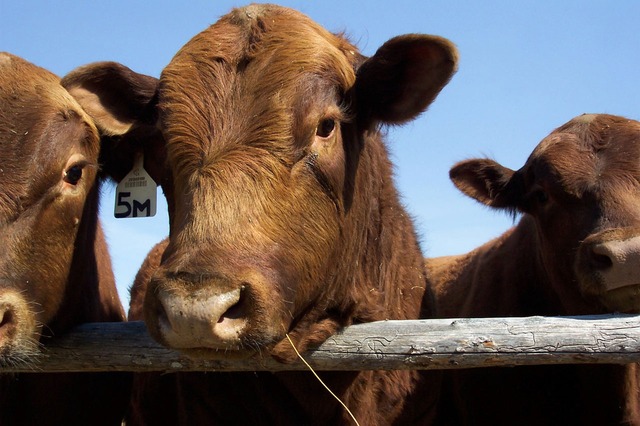GIPSA is on the move, the “GIPSA rule” is not
Posted on December 19, 2018

GIPSA, the badly named, hard-working mule inside the U.S. Department of Agriculture (USDA), is on the move again over objections that the Trump Administration’s ongoing USDA reorganization will bury it—and other, less obscure parts of the department like the Economic Research Service—in new layers of bureaucracy so deep that none will ever be seen again.
But Larry Mitchell, the last administrator of GIPSA, the Grain Inspection, Packers and Stockyards Administration, supports the move because GIPSA’s two “missions” of grain inspection as well as packers and stockyards oversight “have no business being together. Never did.”
If you think candor like that is refreshing in Washington’s foggy environs, you’re going to love this: Mitchell’s an ardent Democrat who served as the deputy administrator of farm programs in the Clinton Administration’sFarm Service Agency before returning to run GIPSA for the Obama White House from June 1, 2012 through noon, Jan. 20, 2017.
His first USDA tour may have informed his second because, beginning in 1994, USDA began to implement its last major overhaul. (Old-timers may remember it as when “ASCS became FSA.”) When that redo was nearly complete, Mitchell says, two USDA programs still lacked homes: the Federal Grain Inspection Service and the Packers and Stockyards Administration.
“So USDA threw them together at the last minute to create GIPSA,” he says. But “they were misfits from the start because each operates under its own Act to do different work by different staffs.”
After overseeing the disparate parts for more than four years, Mitchell has no problem with Secretary of Agriculture Sonny Perdue’s plan to place GIPSA under the Agricultural Marketing Service umbrella to, as Perdue explained last September, “provide a unified USDA presence focused not on programs, but on customers and the services they are provided.”
That’s a good idea, says Mitchell from Austin, TX, where he is the coordinator for commodity programs at the Texas Department of Agriculture. “If you can provide a more sound platform for [GIPSA’s] two efforts that helps both farmers and agriculture, that’s good government and everybody comes out ahead.”
Several farm groups, however, aren’t as hopeful about Perdue’s GIPSA move. Roger Johnson, president of the National Farmers Union, issued a press release Nov. 30 to condemn the change. It noted that Perdue was making a “big step in the wrong direction” especially now “when just a handful of companies control all the markets that supply and buy from family farmers and ranchers.”
Worse, Johnson added, the move “comes on top of USDA’s decision to withdraw the Farmer Fair Practices Rules…”
The Farmers Union boss is right on both counts; the GIPSA move became a done deal on Nov. 29 when USDA issued the “final rule” on it. And, yes, the Farmer Fair Practices Rules—known for years as the GIPSA Rule—is a goner, too.
The GIPSA rule, however, has been a goner for a while; it was effectively dead the instant the Trump Administration was sworn in. Perdue just ordered the bureaucratic moves to officially kill it.
And with it, Mitchell says, went an important tool for farmers and ranchers to challenge Big Ag’s power in today’s heavily concentrated and integrated markets. “The GIPSA Rule was a way for an individual farmer or a group of farmers to be afforded protection against damages caused by anticompetitive behavior,” he explains.
What it wasn’t, though, was an antitrust rule that gave GIPSA power to take action against ag players. “Antitrust is what the Justice Department does; GIPSA does anti-competition,” explains its former administrator.
Anti-competition might “be small potatoes” next to antitrust, relates Mitchell, “but with enough potatoes, you can still make a lot of fries.”
Hopefully, that’s what the repositioned GIPSA will be able to do better than when it was a standalone organization, suggests Mitchell.
“The GIPSA Rule is dead but GIPSA and its mission are still very much alive,” he adds.
© 2018 ag comm
Share This